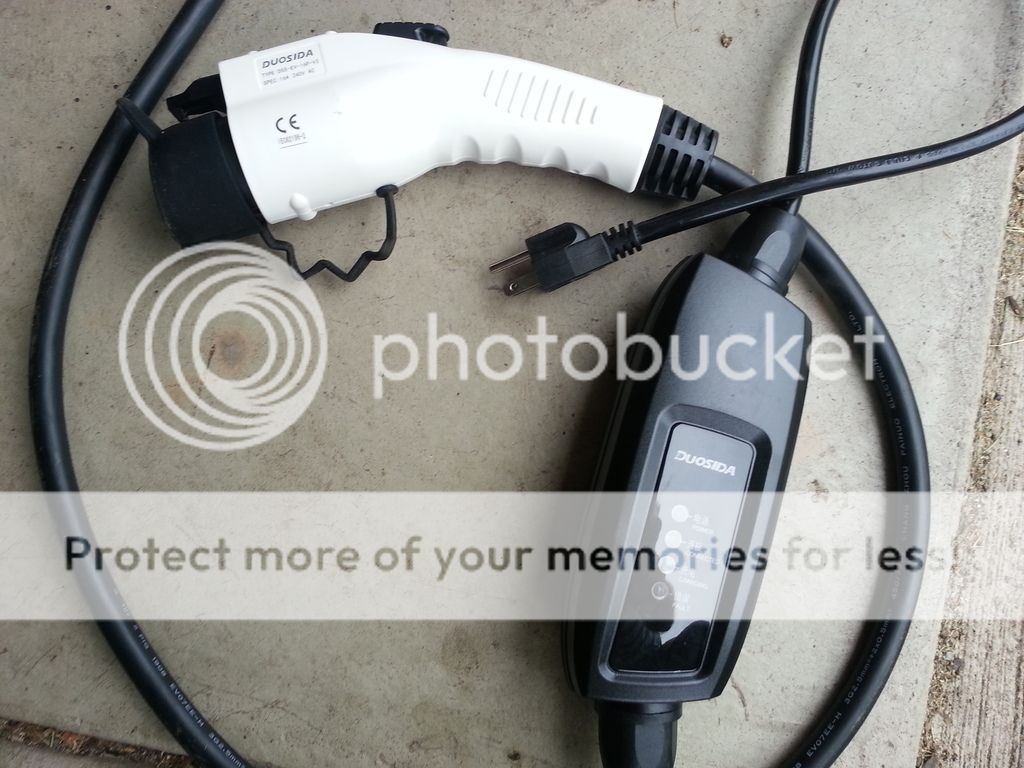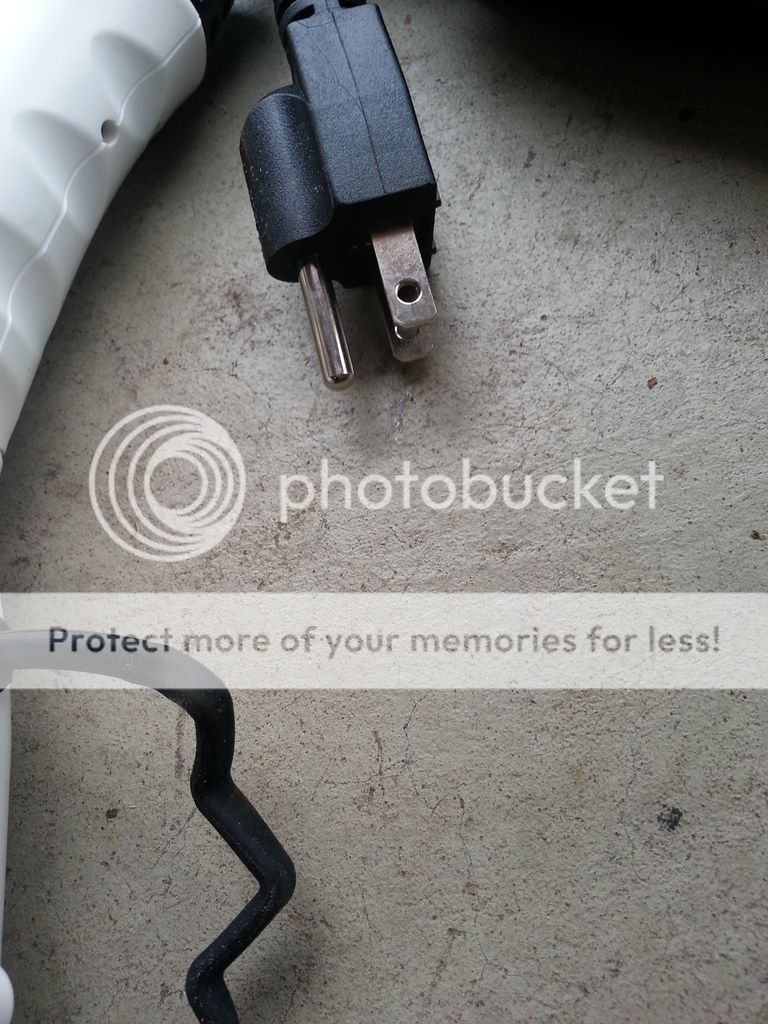PV1
Well-known member
Yes, I believe those higher rates in the UK require 3-phase. However, here in the States, if 3-phase is available, it's typically through a DCQC. Except for Tesla vehicles, no production EV in the US has anything bigger than a 7.2 kW on-board.
I think for figuring out how the car charges so fast on level 1, CaniOn and an OBDLink LX bluetooth would be very helpful. Besides all of the battery stats, it can also tell what the incoming AC voltage and amperage is at the J1772 port.
I think for figuring out how the car charges so fast on level 1, CaniOn and an OBDLink LX bluetooth would be very helpful. Besides all of the battery stats, it can also tell what the incoming AC voltage and amperage is at the J1772 port.



































